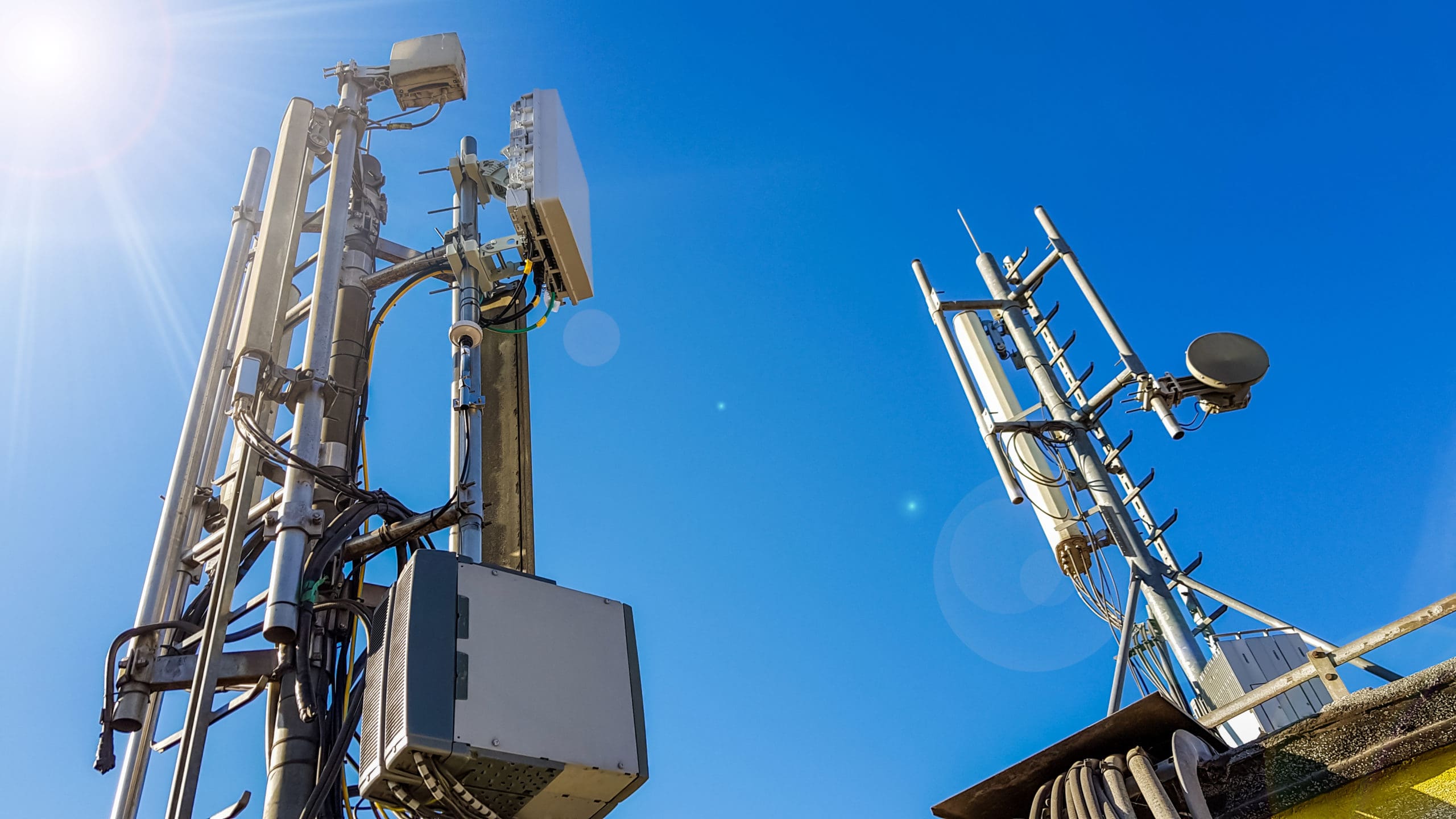
5G is the fifth generation of wireless communication standards, promising significantly faster download speeds and greater load capacity. Though virtualization of work was becoming more commonplace before 2020, during the recent pandemic, much more work successfully shifted to telecommuting. This has highlighted the importance and usefulness of better broadband and 5G communications wherever possible.
Governments Invest Heavily in Broadband and 5G Grants
There is a clear need in many countries for better and expanded communication to more isolated areas. This includes the vast landscape of the United States. These infrastructure expansions are also important for developing better retail and online shopping logistics. Both consumers and sellers have increased their involvement in online shopping. This depends on effective digital tracking and communications in isolated areas.
For these reasons and many others, governments have been investing heavily in 5G and broadband expansion. In the European Union, the Commission of Member States has identified 5G in particular as a crucial investment project. In July of 2020, they agreed on a financial package called NextGenerationEU that seeks to disperse over 750 billion Euros in grants and loans to member states. Over 312 billion Euros of this will be in the form of direct grants to providers.
The United States Government is doing the same. In January of 2020, before the COVID situation was considered urgent, the Federal Communications Commission of the U.S Government decided to create a subsidy program for $20.4 billion dollars in broadband network construction for the next decade.
Part of this subsidy will be for grants. The grant money will go to wireless operators, phone companies, electric cooperatives, and other telecom providers involved in broadband and 5G delivery. These funds are only part of the U.S Government’s broadband expansion program.
Specific Sources of Broadband Grant Funding
An extensive program-by-program update from the government in April of 2020 detailed a total of 57 different federal broadband investment programs managed by 14 different agencies that are disbursing billions of dollars in loans, material resources, subsidies, and, most importantly, grants. The FCC and Department of Agriculture through the ReConnect program are the largest sources of funding listed.
Among the investment programs listed in the still-active U.S Government update are multimillion dollar investments in fiber and cellular network expansion, grants for cellular expansion after disaster recovery, broadband expansion to agricultural regions, and broadband/5G expansion for telehealth improvements. Even agencies of the U.S government such as the Forest Service are funding broadband in certain contexts.
Other funding and grant sources for broadband and 5G expansion are available. You can find these as part of state government infrastructure budgets. One notable example of this is California, whose California Advanced Services Fund disburses hundreds of millions of dollars in telecommunications funding through the state Public Utility Commission for different broadband projects.
Broadband Installation Equipment
There’s still much to consider if you’re a service provider seeking grant funding for broadband and 5G projects. For example, what are the equipment needs of your contracts? Perhaps your fleet needs a refresh in the form of new telecom equipment. Upgraded bucket trucks and cable placers can improve the safety and efficiency of this expansion work. Custom Truck will also be announcing a new telecom van soon. This unit is built for maximum functionality and safety, and unlike anything currently on the market.
Obtaining funds from one of the dozens of government grants may provide an opportunity to buy a vehicle. If outright purchases can’t be justified by the size of a grant, professional telecoms vehicle providers such as Custom Truck also offer rental options that could be an effective solution to help you join in the international 5G expansion.

